Estimated reading time 18 minutes, 31 seconds.
To detect and deter future threats, the Royal Canadian Air Force (RCAF) must achieve operational advantage over those it is most likely to confront.
Russia’s invasion of Ukraine, the rising capabilities of the Chinese People’s Liberation Army, persistent North Korean ballistic missile launches, Iranian rhetoric and equipment sales to Russia and extremist actors — all have cast a long shadow over RCAF capability, acknowledged RCAF commander Lieutenant-General Eric Kenny.
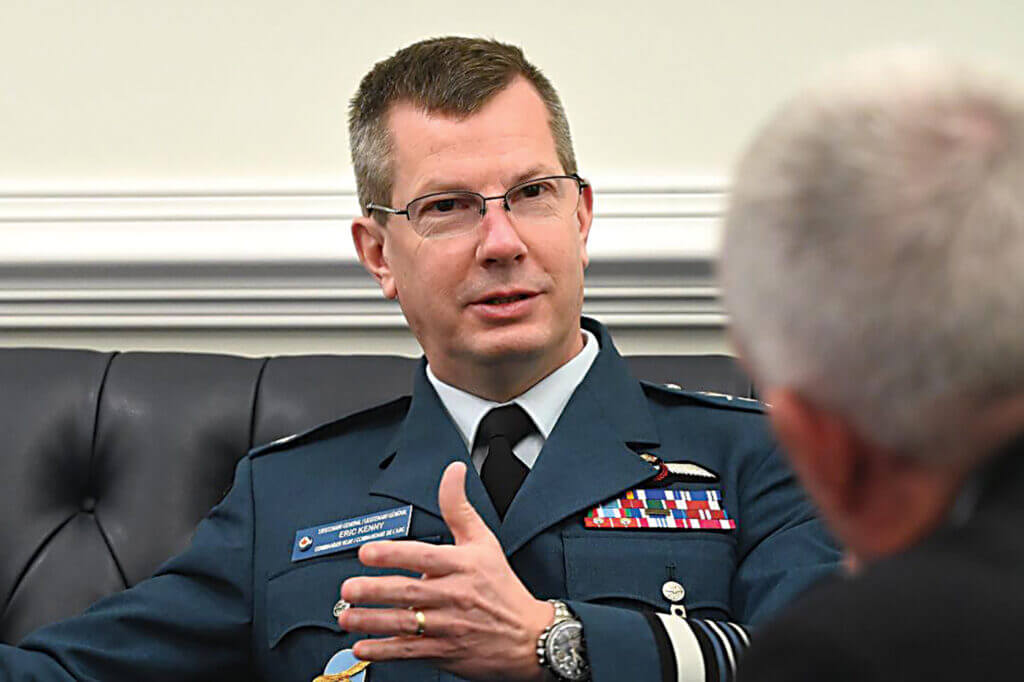
“We have current capabilities that allow us to deal with some of those potential adversaries or threats, but not necessarily to conduct state-on-state deterrence, or integrated deterrence with our allies, and not necessarily to allow us to fight and win if it was required,” he said in a recent interview.
Upgrades to the CF-18 Hornet fleet and other platforms will enhance detection capability, improve command and control connectivity, and integrate new weapons to allow the RCAF to “at least achieve operational parity,” Kenny noted.
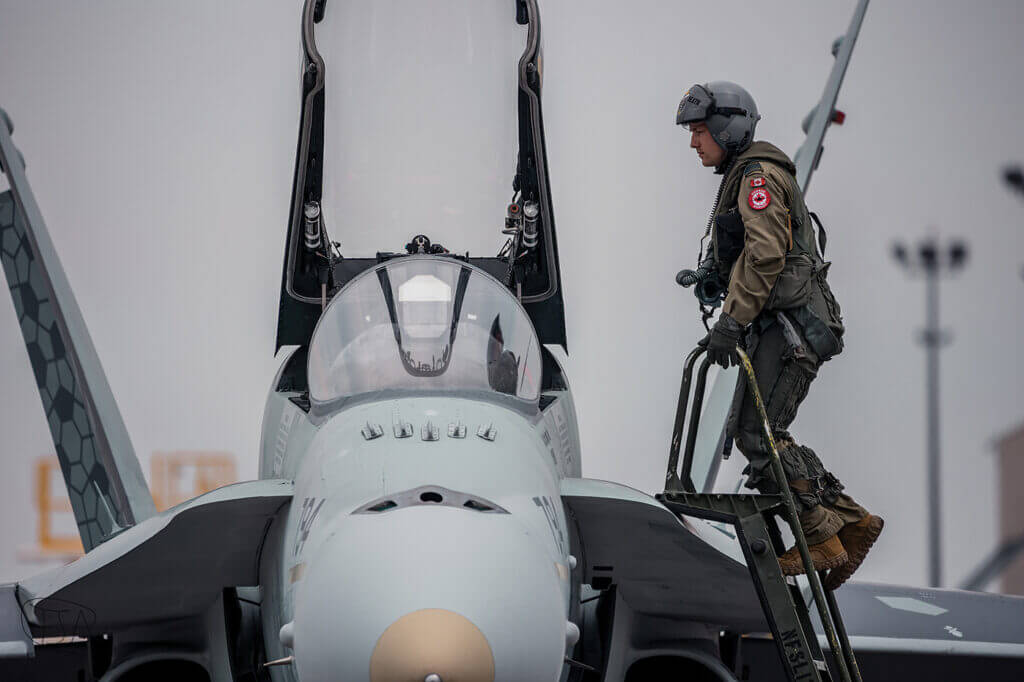
Under the Hornet Extension Project, Phase II, for example, 36 of the fighter jets are receiving an active electronically scanned array radar, as well as air-to-air short-range and medium-range missiles. Initial operational capability is expected by the end of this year.
At best, though, those serve as competition to adversaries, not overmatch.
“My concern remains, if we were to go into conflict, do we have the systems to ensure survivability, interoperability, and to achieve mission affects that would be required by our joint partners to be value added,” he said.
A former Hornet pilot with 2,200 hours on the fighter jet and deployments to the Balkans, Afghanistan, Libya, and Iraq, Kenny can see several gaps in the Air Force’s current capability, in particular a limited ability to respond to what he called “an anti-access/area denial” situation.
“We can provide supporting effects and, working with allies and partners, we can integrate our assets, but not necessarily on day one,” he noted. “And I think it’s important that we’re seen as a credible and reliable partner … to provide that deterrence that only comes with capability, training, readiness, and a willingness to use it if required.
“So, my focus is on trying to modernize our Air Force as quickly as possible. The faster we can do this, the sooner we’ll be able to remove the gaps that we have right now, and the sooner we’ll be able to help in the deterrence of our adversaries.”
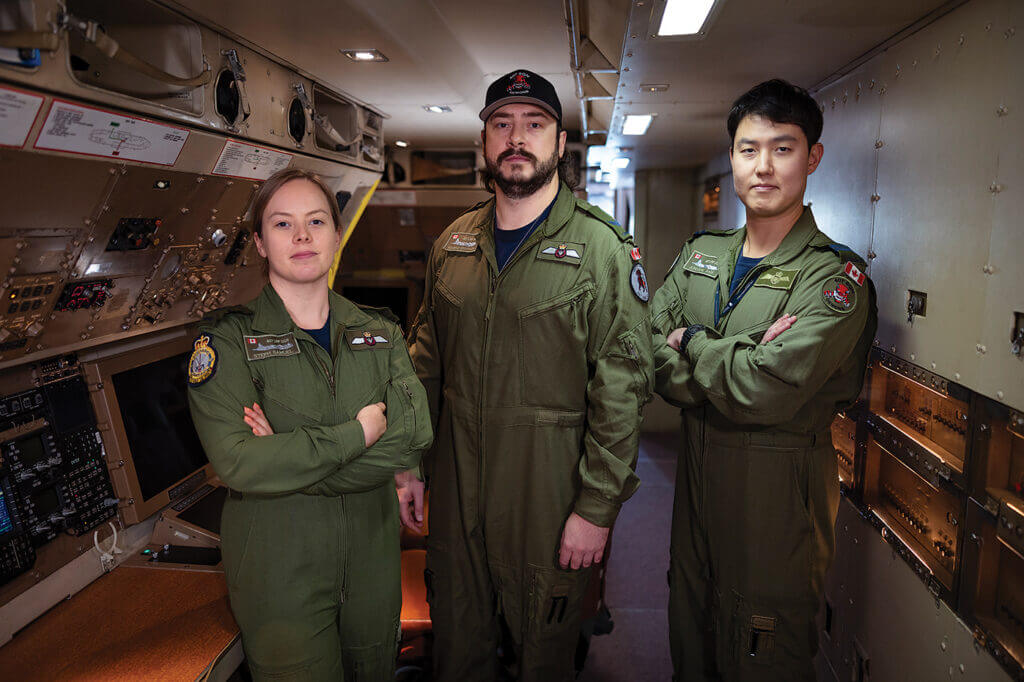
Operational advantage will come through the introduction of new platforms, the replacement of legacy systems, or “significant updates to current capabilities,” he said, pointing to announcements over the past 12 months about the F-35A Lightning II, strategic air-to-air refuelling that can operate in contested air space, multi-mission aircraft, remotely piloted aircraft systems (RPAS), NORAD modernization programs, and space surveillance and communications projects.
The people problem
Concern about operational advantage is a recurring theme throughout RCAF Strategy: Agile, Integrated, Inclusive, a roadmap of sorts released in February 2023 that is intended to guide the Air Force to 2035. Centred on four pillars of people, readiness, modernization and partnerships, the widely distributed document provides a strategic context for the capabilities the RCAF is currently procuring, and for the investments in emerging technology that could shape the future battlespace.
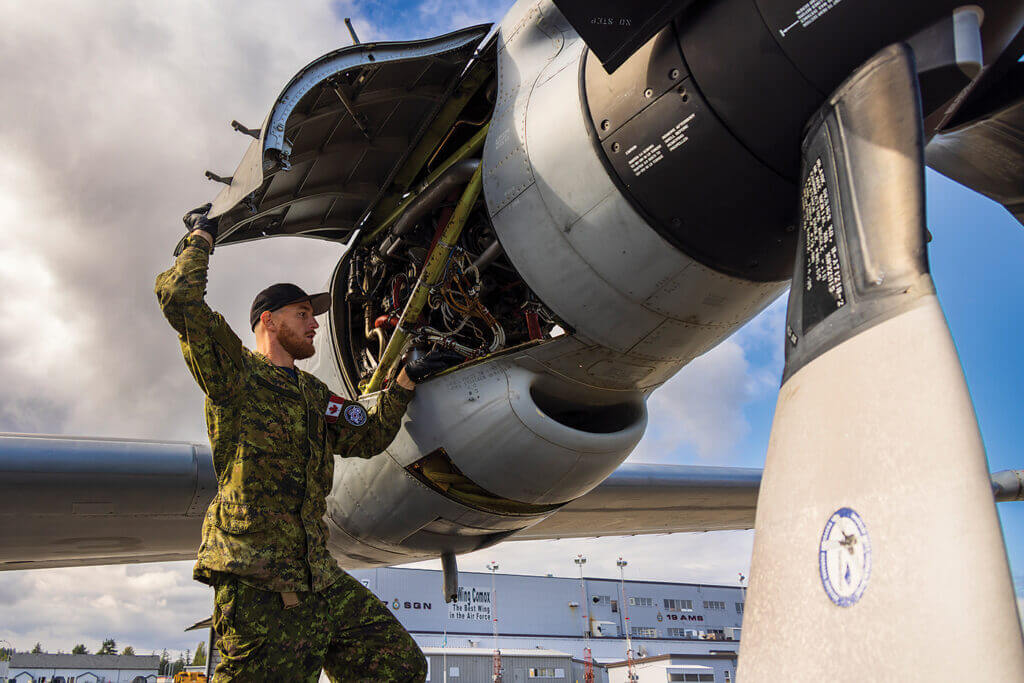
“The strategy has allowed us to be more coherent as to where we are and where we’re going,” Kenny explained. The RCAF is now in the process of operationalizing it to ensure it is implemented as intended through a series of milestones over the next years. And 2035 is a critical marker. Most of the major capital acquisition projects needed to modernize the Air Force will be delivered between 2026 and 2032 and should achieve full operational capability by the middle of the next decade.
The transition from legacy platforms to new airframes and advanced systems, however, represents a significant challenge. The RCAF is still struggling with recruitment and retention, and new capabilities often require more people.
Kenny need look no farther than the enhanced security requirements associated with the F-35A, the trades to operate RPAS, and the expansion of 3 Canadian Space Division (3 CSD), marking its second year as an operational division, to see the looming personnel problem.
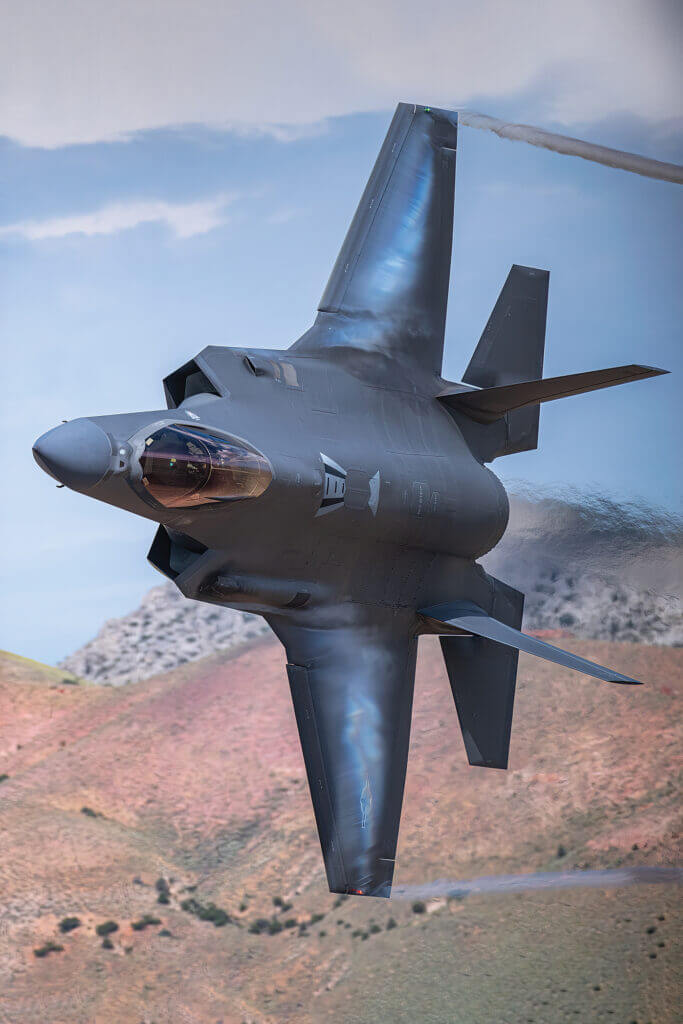
The RCAF has a Regular Force establishment of 13,500 positions, which reflects the growth of 3 CSD and ongoing preparation for the F-35 and other aircraft. At present, however, it’s about 2,000 short, at around 11,500 Regular Force personnel. With limited recruitment and higher than normal attrition during the pandemic, the RCAF decreased in size by as many as 1,000 members.
“The biggest challenge right now with the transitions will be having experienced personnel to allow the planning, training, testing, and introduction of the new platforms or capabilities while sustaining a level of readiness to meet search and rescue, NORAD, and NATO commitments,” he admitted.
RPAS, for instance, “is not replacing something that we have. So, it means growing a force that we don’t currently have or taking those that we have and converting them to a new capability while trying to preserve ongoing requirements elsewhere.”
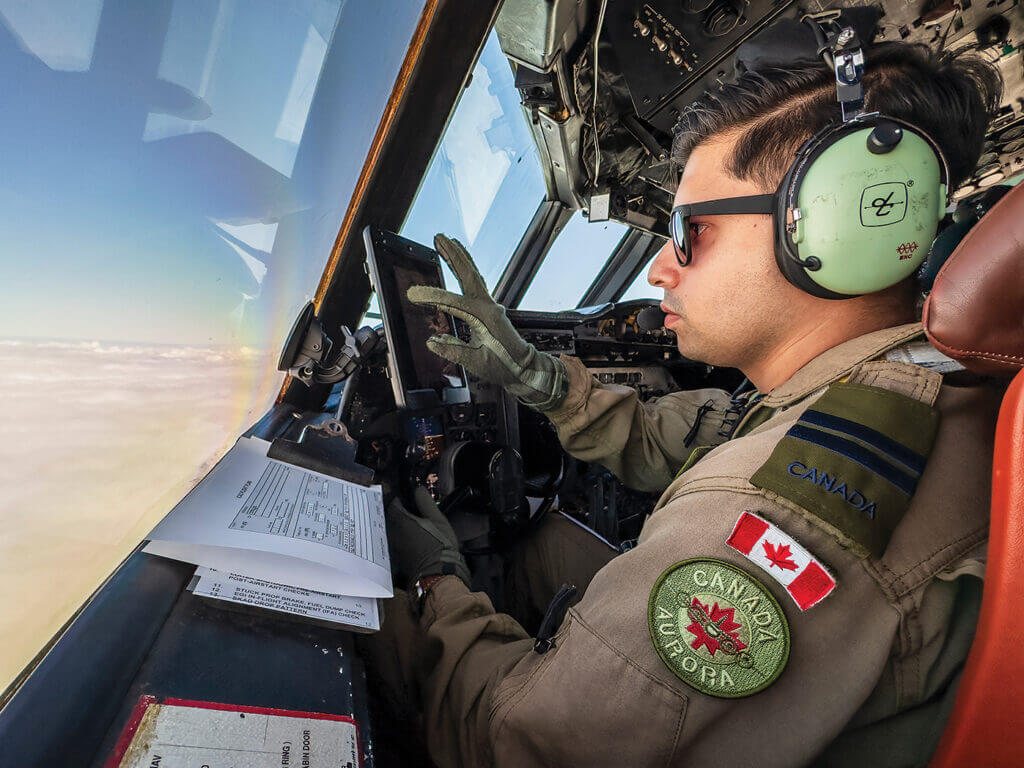
The shortfall in effective strength is particularly acute in many of the technical trades, including aerospace telecommunications and information systems, aerospace control, aerospace engineering, air combat systems, and firefighting, to name a few.
The RCAF pilot cadre, which experienced a bump during the pandemic as commercial aviation shut down, is now relatively stable, Kenny said. Suffering a shortage of about 275 pilots in 2018, the Air Force introduced several initiatives to reduce that to around 145 by the end of 2020, but is currently still 185 pilots below establishment.
“The future in terms of capabilities is very bright, but our ability to get from where we are today means that we have to reduce our operational output and focus on that transition,” he said.
Rather than conduct NATO air policing from Romania as CF-18 air task forces have done annually since 2014, for example, the fighter squadrons have participated in more NATO exercises of a shorter duration that are less personnel and platform intensive.
“To be clear, we can support NATO with CF-18s if we need to,” he said. “But where we have a choice, my recommendation will continue to be that we privilege the Air Force of tomorrow to allow us to be a credible partner to deter this from occurring in the future.”
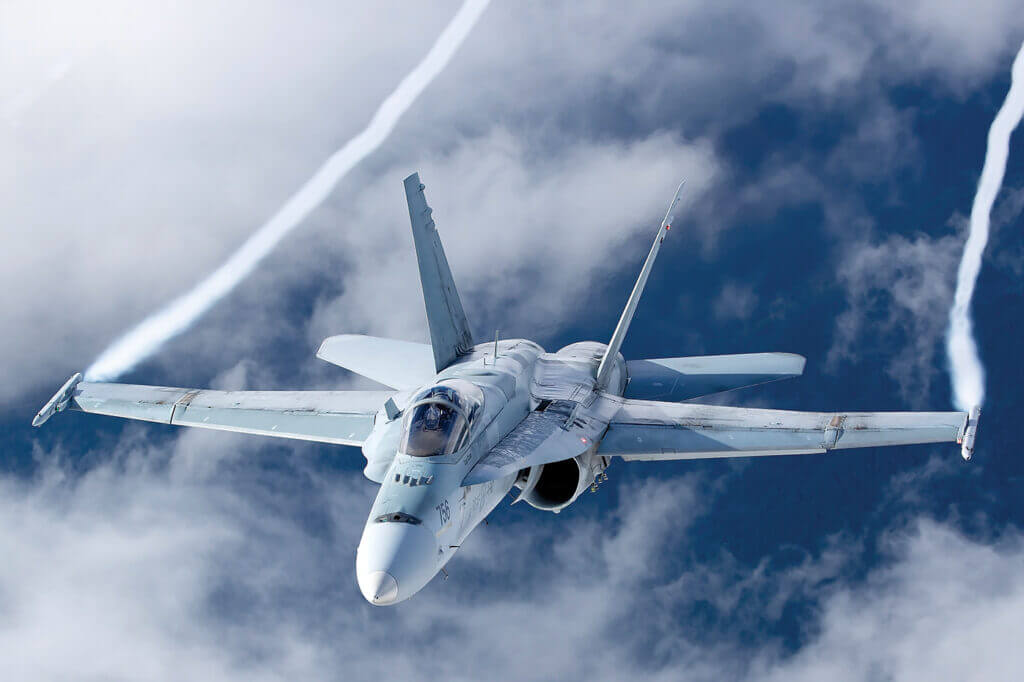
Nonetheless, the RCAF is attempting to manage the fleet transition with a smaller force that is still operating at a high tempo. Over the past six months, tactical airlift squadrons have maintained hubs in Prestwick, Scotland, and in Kuwait to support Canadian Armed Forces missions in Latvia, Poland, the Middle East and Africa; long-range patrol squadrons have attended multinational anti-submarine warfare exercises in the Atlantic and Pacific; CC-150T Polars air-to-air refueling crews have supported the Hornets and allies in NORAD operations; and CH-148 Cyclone helicopters have deployed continuously with Royal Canadian Navy frigates. At home, search and rescue remains a no-fail obligation, while forest fires and flooding have required extensive airlift and tactical aviation support from coast to coast.
Training alternatives
While retention continues to be a challenge as the Air Force battles the same economic conditions that have encouraged many Canadians to retire early or seek better cost-of-living arrangements, applicants seeking recruitment have returned to a level not seen since before the pandemic, and the RCAF has streamlined processes and training opportunities where possible.
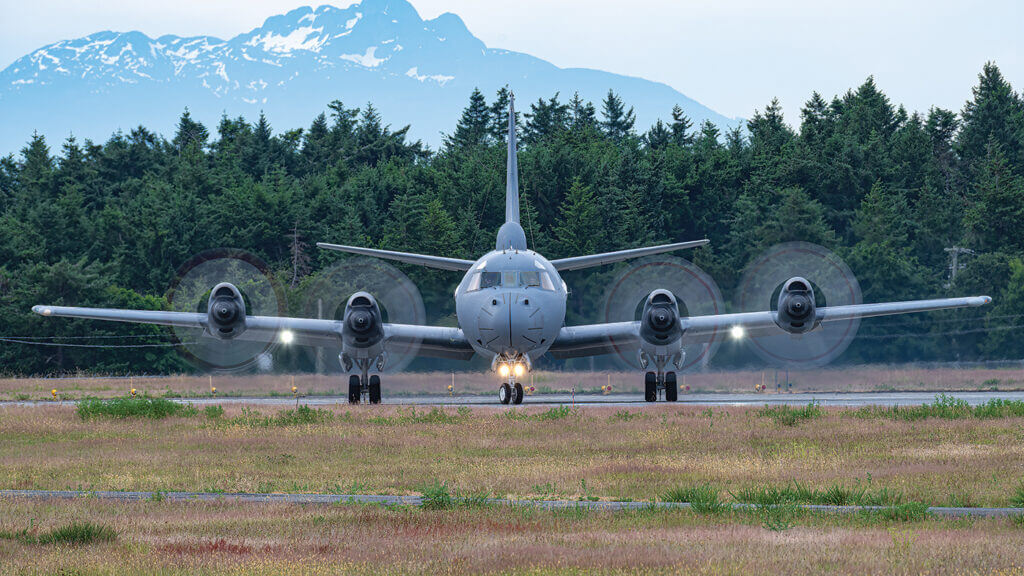
To mitigate health concerns during the pandemic, training schools were closed for a lengthy period and have been slow to return to normal capacity. In part, that is because the Air Force first needed to train new instructors before it could resume training students. But one consequence of a slowdown in pilot training has been a sizable bottleneck in Phase II of the program.
“We were getting people through Phase I on the Grob 120A, but they were waiting upwards of two plus years to get on to Phase II flying the Harvard II in Moose Jaw [Saskatchewan] because of the backlog,” Kenny explained.
When some of the partner nations on the Euro-NATO Joint Jet Pilot Training (ENJJPT) program at Sheppard Air Force Base in Texas gave up slots in the Undergraduate Pilot Training course flying the T-6A, the RCAF jumped and secured funding for 25 students.
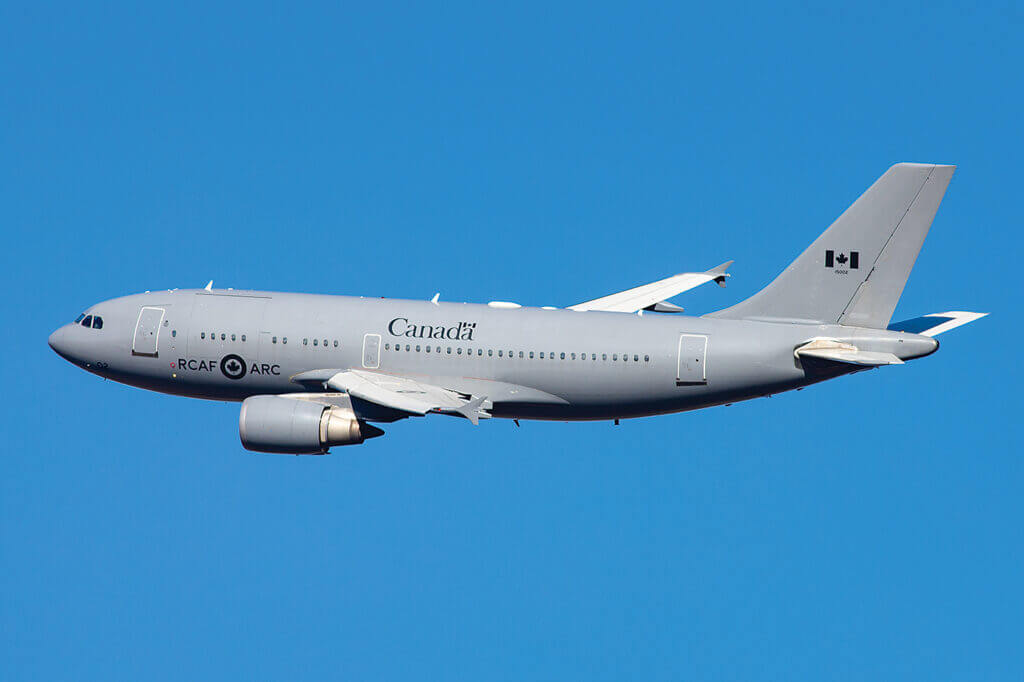
“That increased our throughput instantly,” said Kenny. “We’ve reduced the wait down to 10 months now between Phase I and Phase II.”
The RCAF is also sending students and instructor pilots (IP) to ENJJPT for fighter lead-in training (FLIT), and is increasing its IP and student numbers at the International Flying Training School in Italy, as well as negotiating with Finland to secure at least two slots in their FLIT program. (See story on page 64.)
Training programs have also been streamlined for aerospace controllers and operators, while technicians with some civilian experience are being fast-tracked where possible, removing six months or more from the traditional training program.
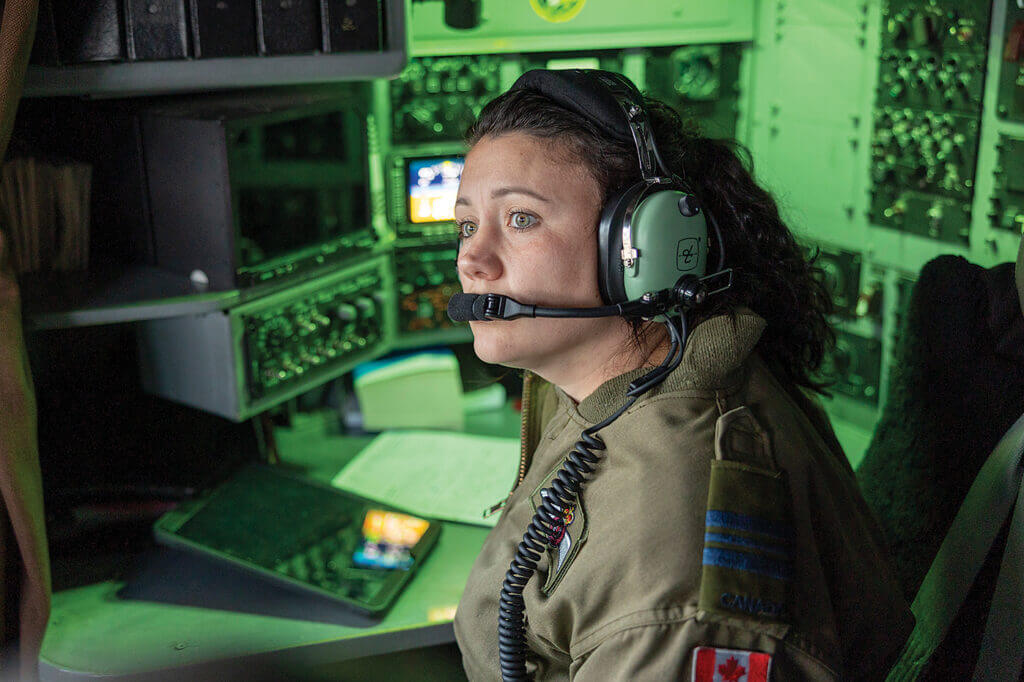
“We’re trying to leverage to the maximum extent possible the skillsets of those that we’re enrolling, to get them to their operational units, or at least the fleet schools and operational training units as quickly as possible, while not compromising on our standards, in a way that we never used to do,” he said.
As part of the RCAF Strategy, the Air Force is conducting a force structure review to ensure occupations and skillsets are aligned with the force of 2035, and to determine “where we need to prioritize certain skillsets over others,” he added.
The RCAF manages 28 occupations and oversees as many as 90 at its Wings once Army, Navy and other military trades are factored in. “I need to ensure that the efforts we’re doing on our specific occupations align with what is being done by the other services and Military Personnel Command,” Kenny noted. “If I have enough technicians and pilots to maintain an aircraft and have it flying, but I don’t have enough fuel bowser drivers, or I don’t have the ability to do firefighting, or to maintain the runways with snow and ice removal, then I can’t go fly.”
He has also asked his team to assess the capabilities of potential adversaries to ensure training is in line with “those with the highest capabilities and emerging technologies, to make sure that we are able to have a credible force that can deter” others from advancing “interests or military capability in areas that would be counter to what the world would wish them to do.”
Beyond 2035
Though comfortable with the policies and funding to modernize the RCAF to 2035, Kenny noted he has less clarity on what comes next. Consequently, he has tasked the RCAF Aerospace Warfare Centre (RAWC) to study beyond 2035, to answer some of the questions allies are working through around crewed and uncrewed aircraft teaming, long-range precision strike, next-gen air dominance, intelligence and surveillance capabilities, and advanced command and control.
“What I don’t have right now, and what I’m not able to explain to the Chief of the Defence Staff, is what are the next steps? What are the next capabilities? How do we evolve the Air Force to be relevant beyond that timeframe,” he posed. “I don’t have policy or funding to do that right now. But I’m also not in a great place to provide advice on that, as I don’t have enough information to inform that discussion, other than what I see our allies and partners doing.”
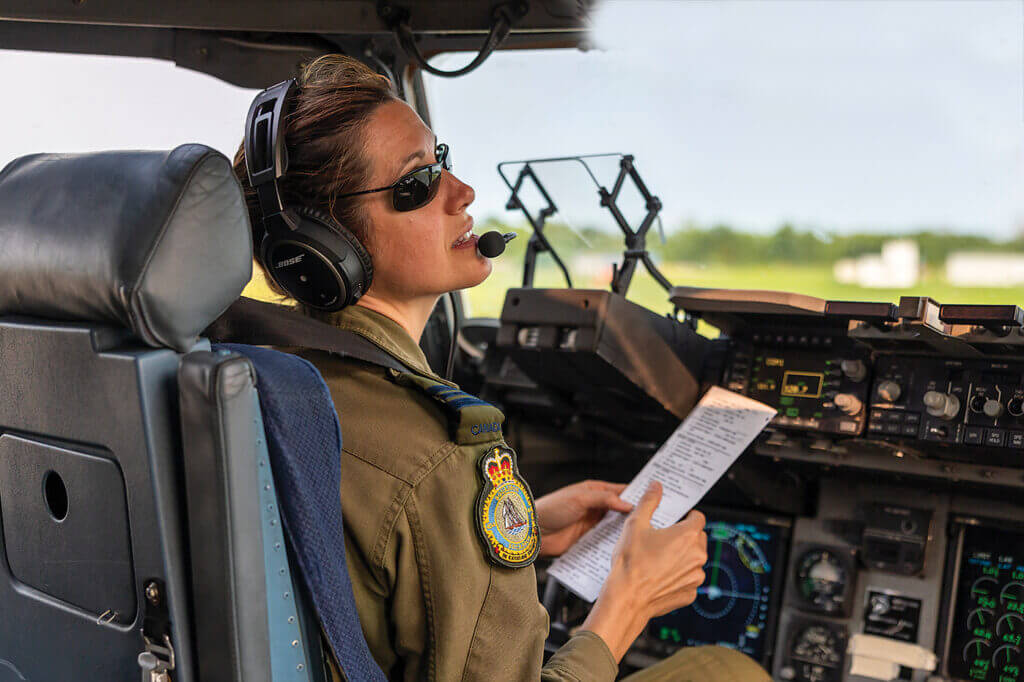
Shedding light on the role of emerging and disruptive technology is also a function of the RAWC, which is working with Defence Research and Development Canada and Canadian research universities “so that we can feed that into future requirements, and then ideally future capabilities.” And the RCAF has an innovation team, known as Plan Quilliq, drawing out creative solutions to problems or challenges from across the
Air Force.
But to capitalize on the technology of the next decade and beyond, the Air Force must be digital in all things from the outset. The strategy calls for building an RCAF “that is digital by design in order to achieve information dominance and decision superiority.”
To that end, Kenny stood up a Digital Transformation Office in September, within his headquarters, to work with the Defence Department’s Digital Transformation Office. Several initiatives are already underway, including digitizing the scheduling and administration of air mobility operations at 2 Air Movements Squadron at 8 Wing Trenton, Ontario, which previously relied on spreadsheets and whiteboards.
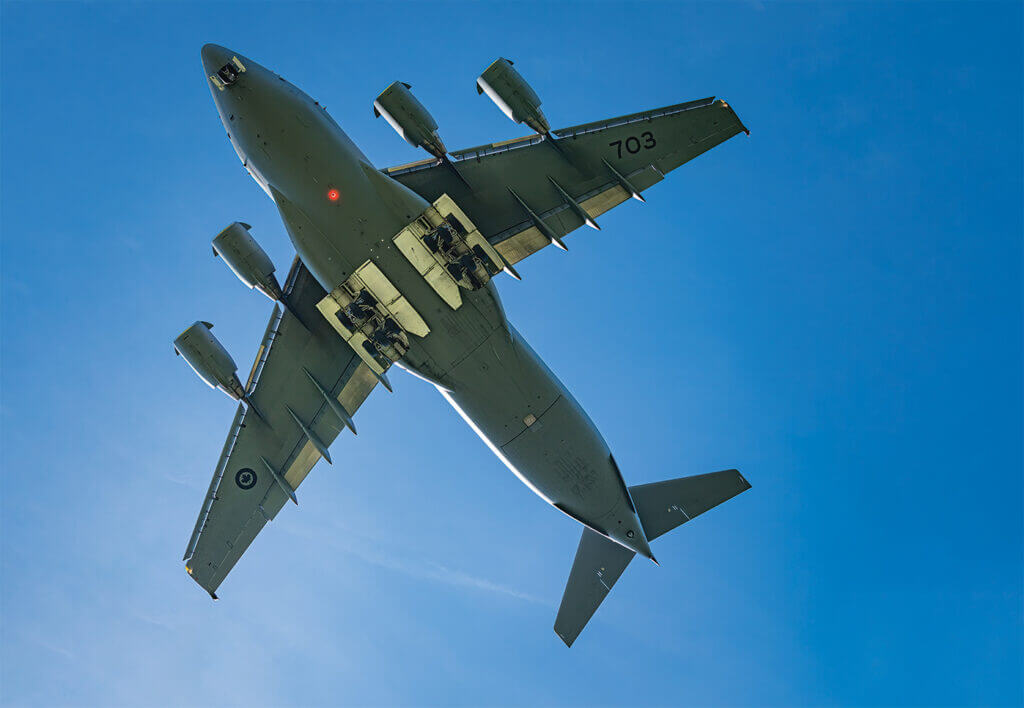
“Through small, but concrete initiatives, we’ve started to digitally transform some units,” he said. “I think we have real momentum, but it is a journey, and it will not happen overnight.”
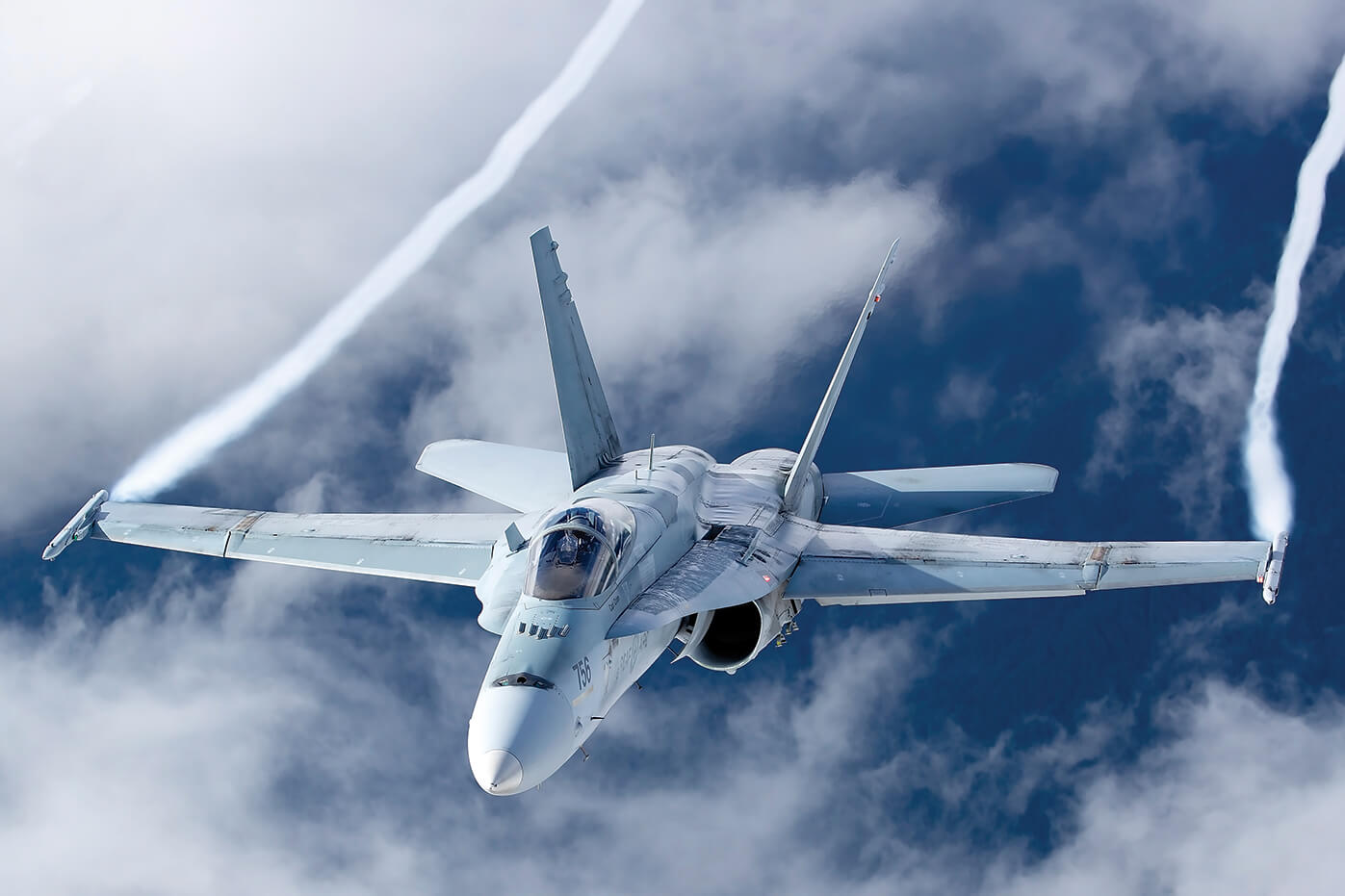
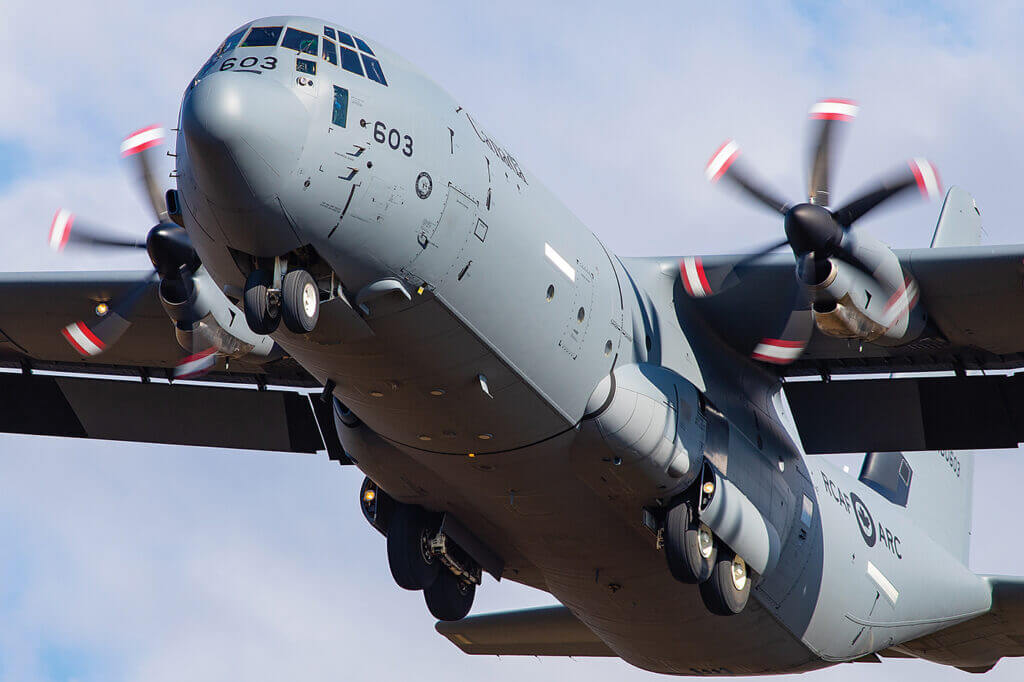
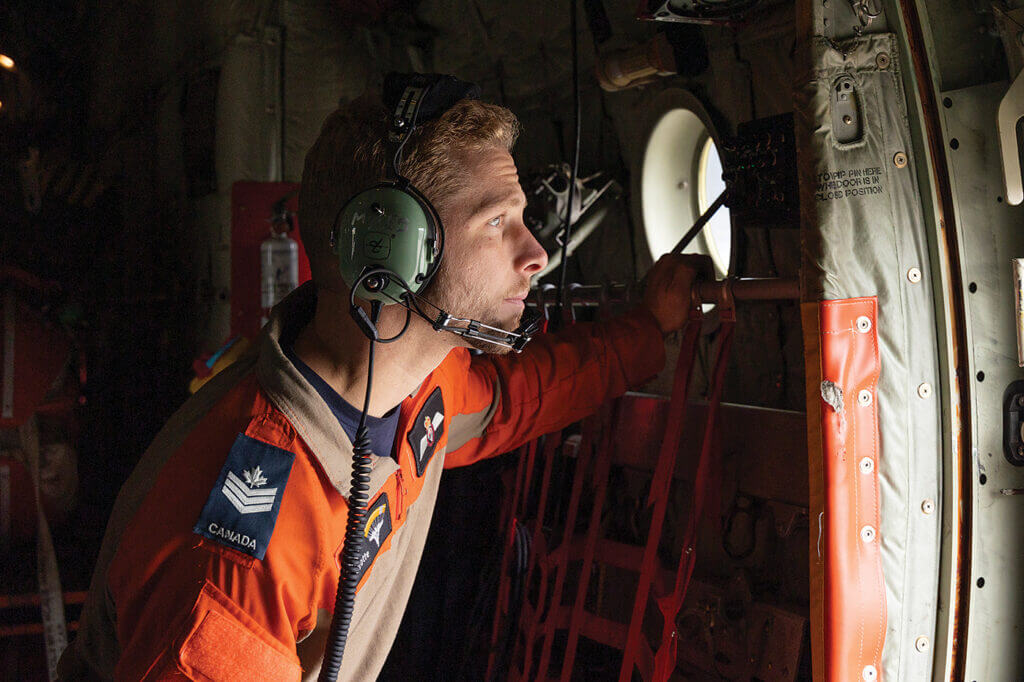
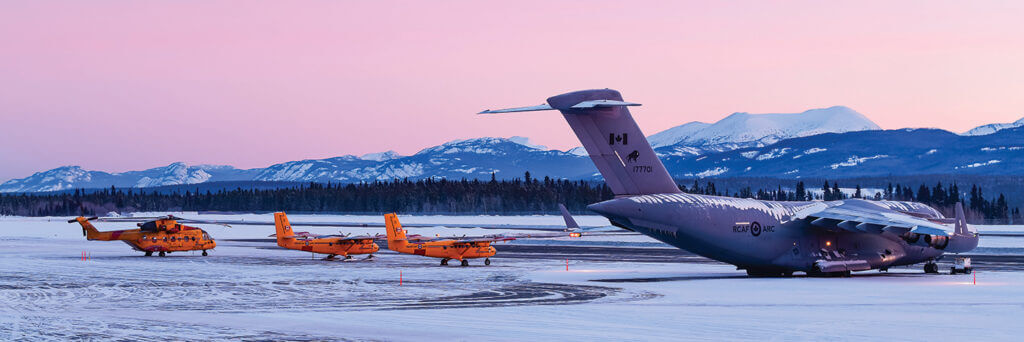
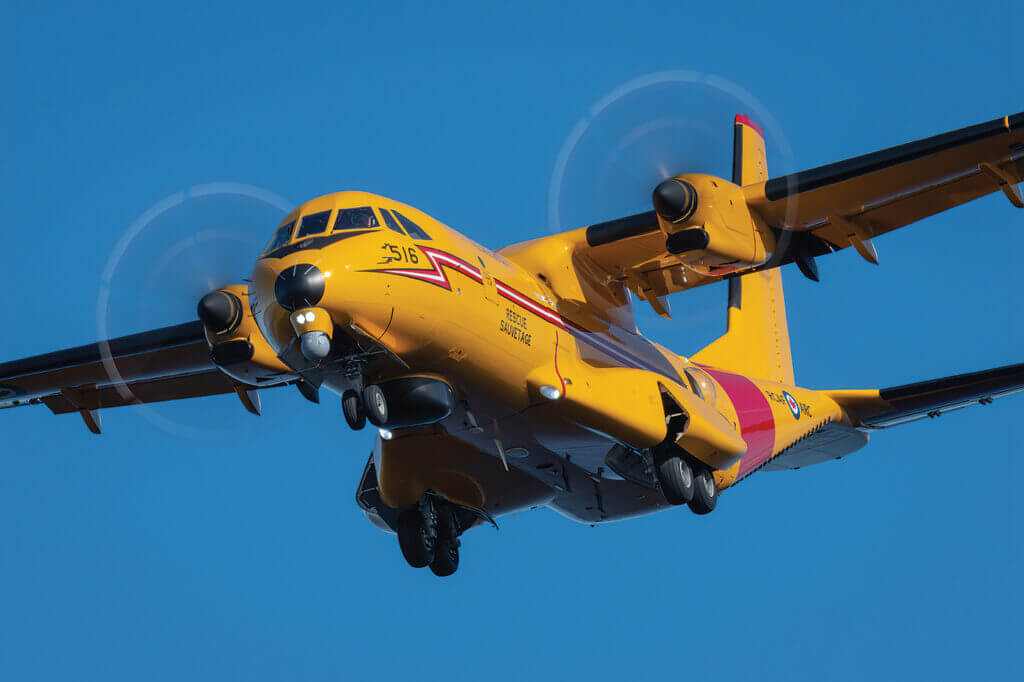
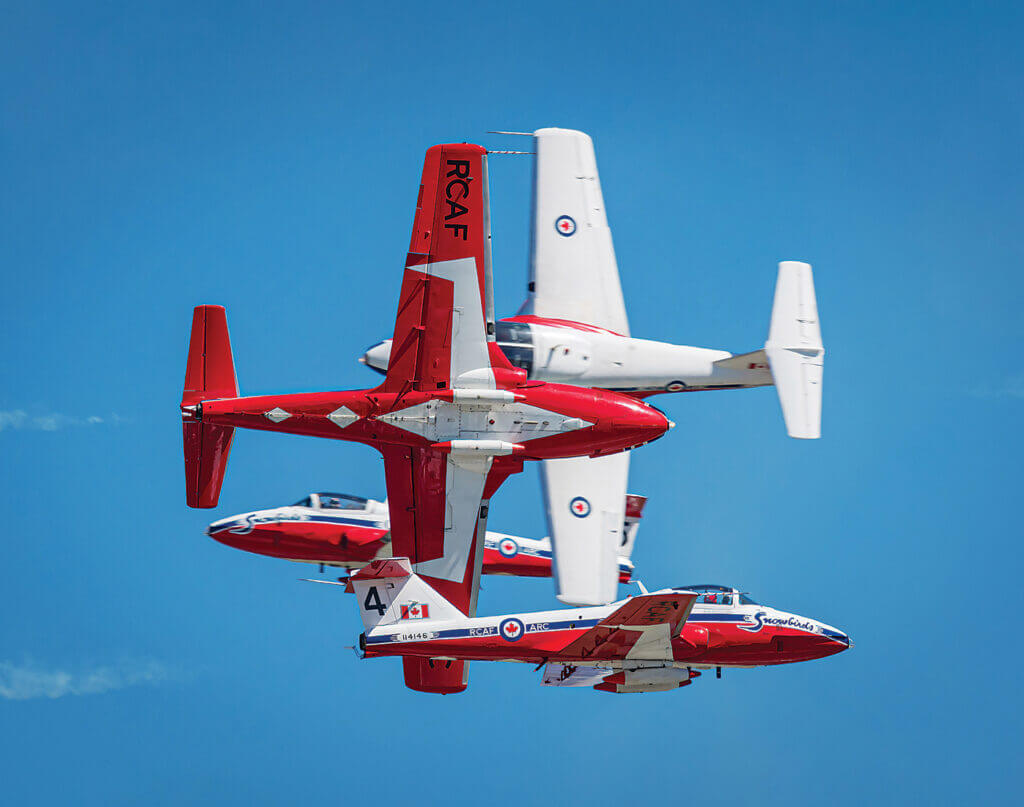
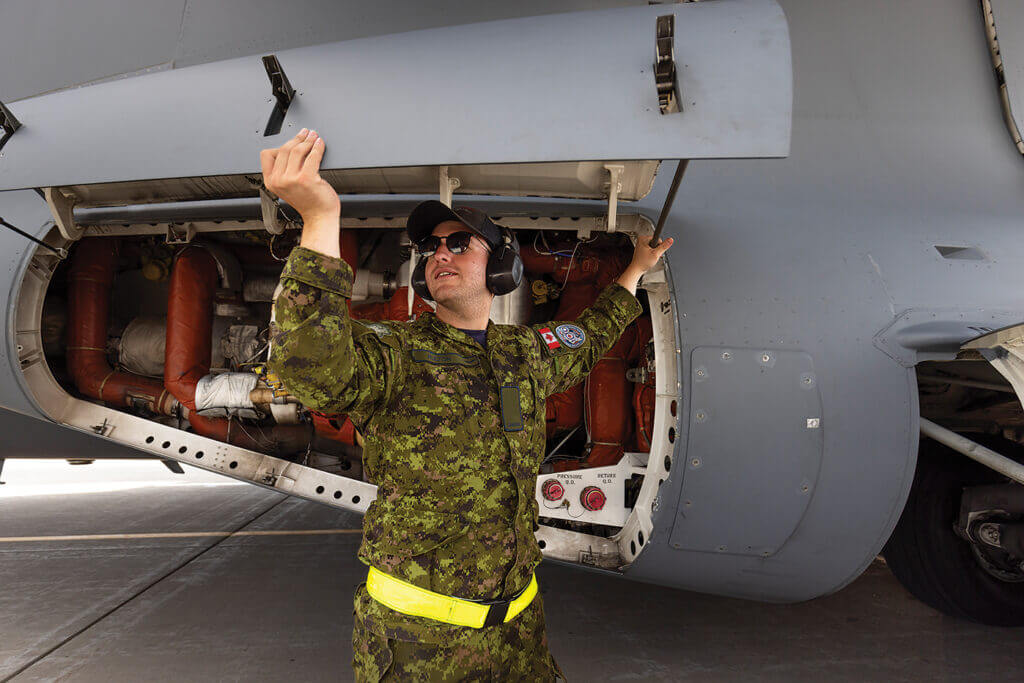

It’s just amazing how our government and military brass think they can recruit more people to join the military when they have to strap into a 40+ year old outdated fighter jet or when a 60+ year old tutor is Canada’s show piece plane. Instead upgrading 36 planes should bought 36 super hornets with the 88 F-35. At least we had a fighting chance.
Sooner or later, and we all know this or perhaps only some of us know this.. but it seems DND and Procurement and generally speaking the Government of Canada cannot get it through their thick heads, that you have to swap out the old lap top or desk top sooner than 30 years in order to upgrade and modernize the firm ware you are working with so that you and the tools that you work with can function on an equal footing with your business or defence partners and compete against your adversaries. Right? … Right. Good grief..
Two years to wait for Phase II pilot training?!! What recruits would want to sit on their hands awaiting the promise of pilot training?
And then only to find out that F-35 pilots can expect no more than 7 hours of flying per month.
The RCAF leadership is grossly incompetent to find itself in this untenable position.
I really very much appreciate LGen Kenny’s frank assessment of the RCAF’s readiness and plans and how this integrates with the recently released long term strategy of the force to 2035. It really illustrates the long term planning and syncronization needed to manage this organization which, together with DND, is extremely complex and prone to delay. Great job Gen Kenny.
But it gets worse. A recruit from Kelowna, BC, cannot proceed to pilot training until he/she demonstrates French language fluency. If not successful within two years, the recruit is punted.This is discrimination, plain and simple.